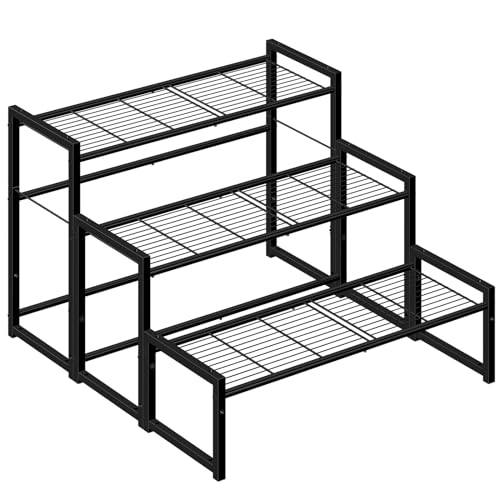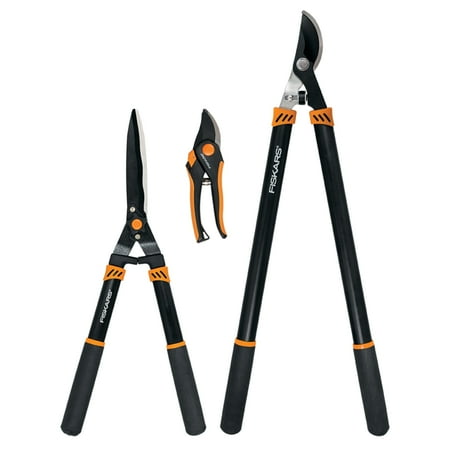7 Tender Plants to Overwinter in October – Lift These Plants Before a Hard Frost to Guarantee Flowers Next Year
Don't let these popular plants succumb to winter cold
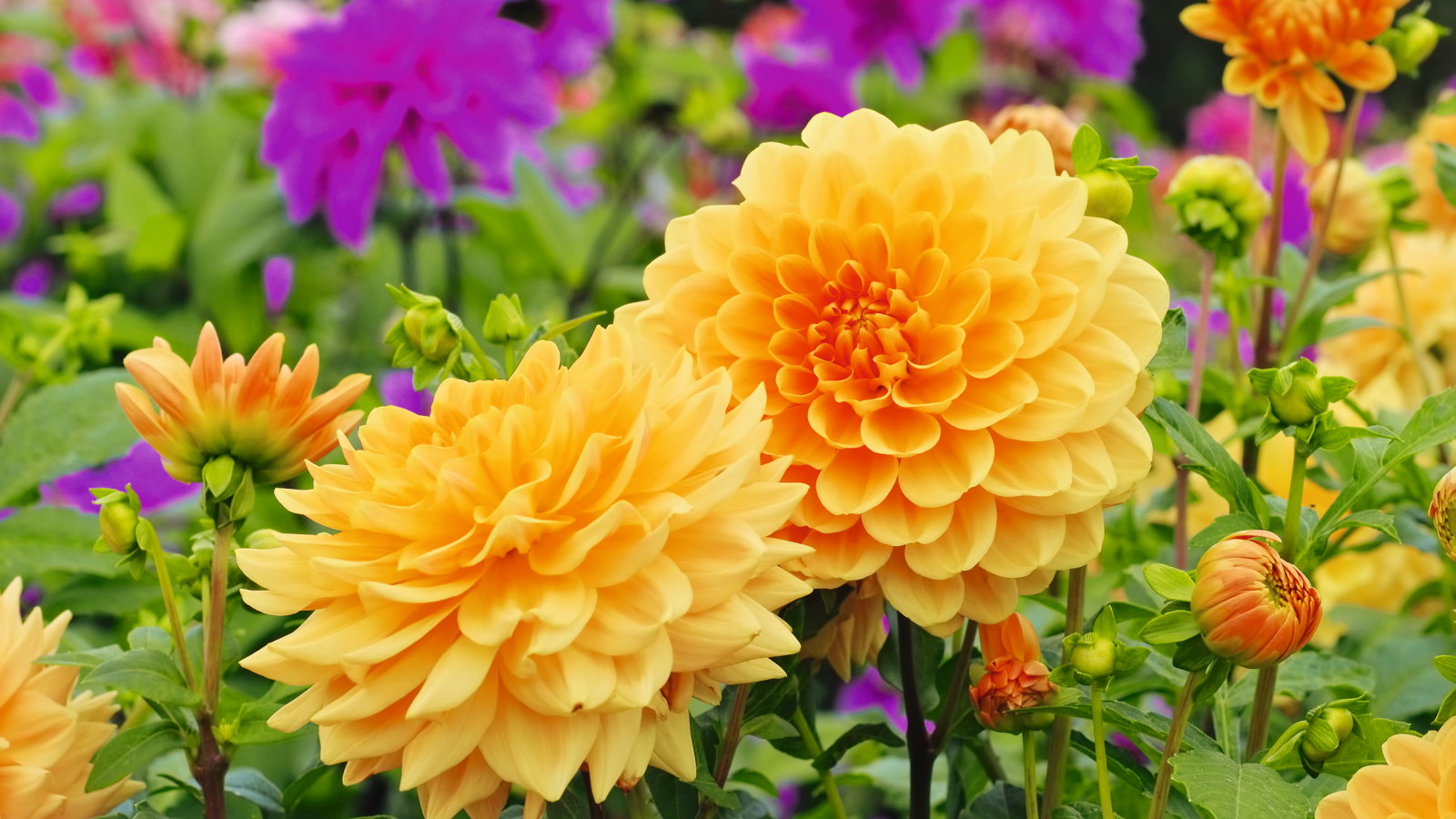

As the temperatures drop in October, in many climates, it is time to start thinking about protecting your more tender plants. This includes lifting tender tubers and bulbs, bringing warmth-loving summer-flowering plants indoors to enjoy again next year, or moving delicate fruit trees to a protected space so they survive winter unscathed.
An important, and often under-estimated, part of being a good plantsperson is understanding how to overwinter a garden. Unfortunately, too many plants are lost to the elements or needlessly left to die when they could easily be lifted and allowed to perform again next year. If you live in a climate with frosts, thinking proactively about protecting your more tender plants stops you from losing them unnecessarily.
To help you this month, this guide to tender plants to overwinter in October highlights seven popular plants that you can lift or move to prevent them from succumbing to frosts. I also provide professional tips and insights to show you that overwintering plants indoors need not be difficult or exhausting.
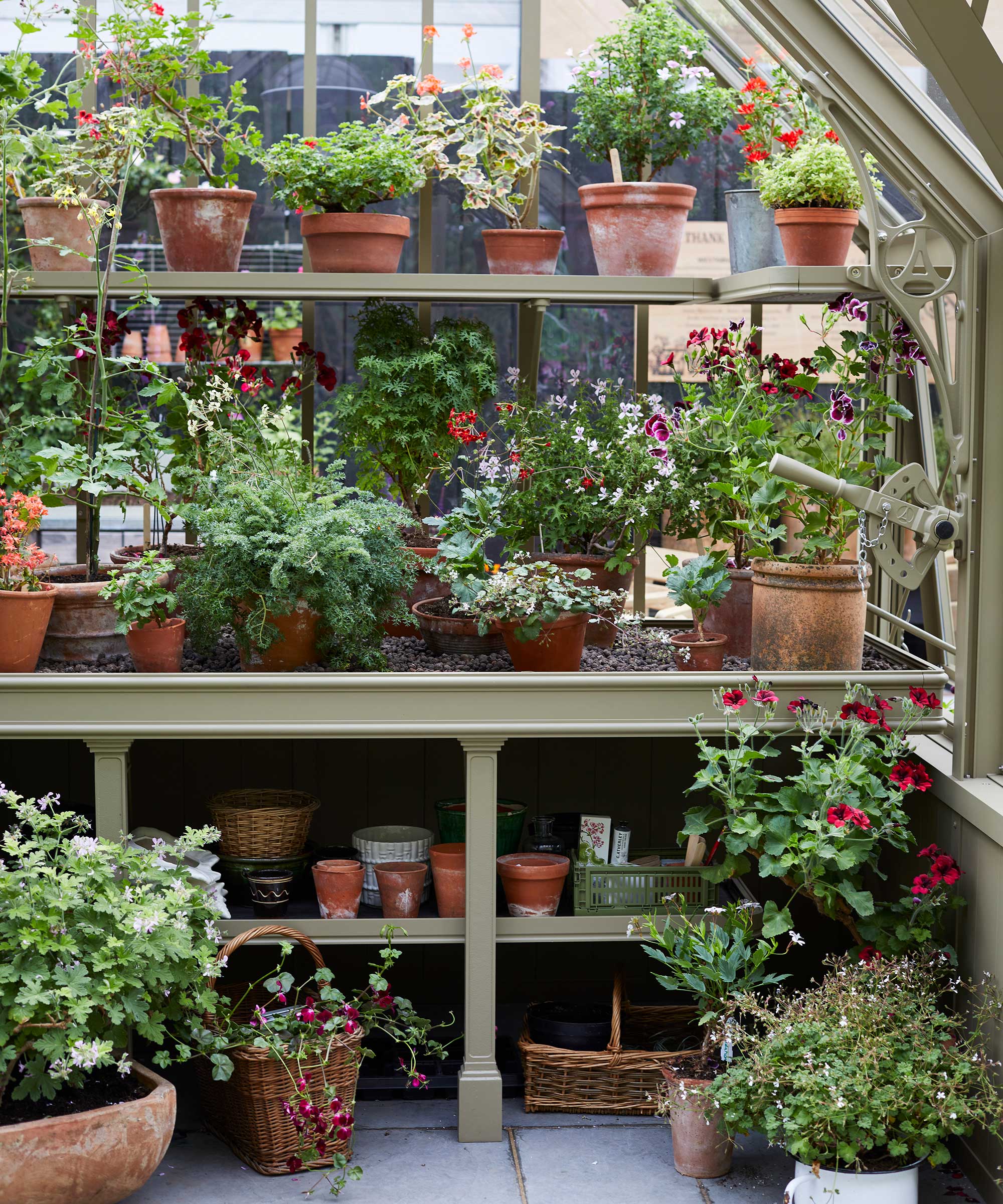
7 tender plants to overwinter in October
Whether plants survive winter depends on hardiness, age, climate, weather, and your garden's soil type – as it is not just cold that risks their future, but also waterlogging in heavy soils.
Your US hardiness zone dictates whether plants are fully hardy, borderline hardy, or just too tender for your winter, so research to see if any particular plants are capable of surviving your climate or whether lifting or moving them is best.
1. Gladioli

Gladioli want to be lifted and stored in US hardiness zones 7 and below. These dramatic flowering bulbs can only be left in the ground in milder climates that are fortunate enough to have only light frosts.
To prevent spring or summer-flowering types of gladioli from being killed in frozen soil, lift them once the leaves go yellow, 4-6 weeks after the gladioli stop flowering. Gently dig around the plants with a fork before lifting them out of the soil.
Design expertise in your inbox – from inspiring decorating ideas and beautiful celebrity homes to practical gardening advice and shopping round-ups.
Cut back the gladioli to around an inch or two above the corm, and gently brush most of the soil off. Place the trimmed plants in a dry, warm place at around 70 to 80°F for a week or two to cure. You can then pull or twist off the old shrivelled corm that sits beneath the new one.
Store the healthy corms in trays, mesh bags, or old paper bags, and check on them regularly to remove any that go mushy. Adding a fungicide, such as this copper fungicide on Amazon, can help prevent mold or fungus from damaging the bulbs during storage.
2. Geraniums
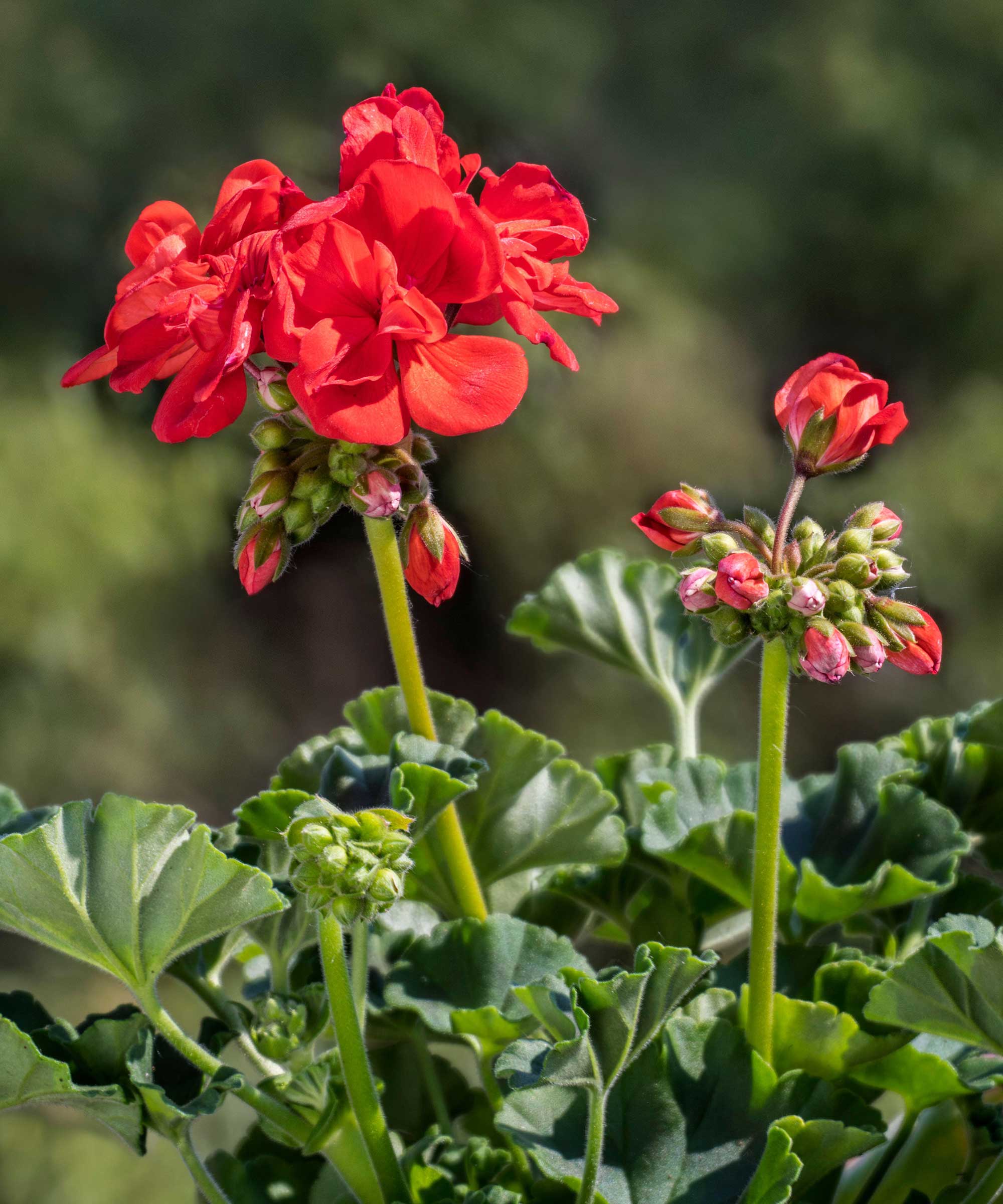
Tender geraniums, also known as pelargoniums, must be kept frost-free in a greenhouse, porch, or conservatory over winter. If you have a small number of plants and want to overwinter geraniums, you can do this by growing them in pots in a light and frost-free environment.
If you already have pelargoniums in pots, you just need to move the containers. However, plants in borders want to be lifted before the first frost. You can prune geraniums for winter to reduce their size, but if you aren't short of space, they can be tidied without needing to be cut back.
If you have lots of plants, they can be overwintered in bare-root form by digging them up and cutting the stems to four inches. These trimmed plants are placed in bags or cardboard boxes covered with compost, newspaper, or sawdust to cover the roots, and stored in a shed or garage.
You can take pelargonium cuttings in autumn if you're worried about losing any plants during winter. Keep the plant cuttings somewhere warm and bright during the winter, ready to plant out in mid-spring.
3. Bananas
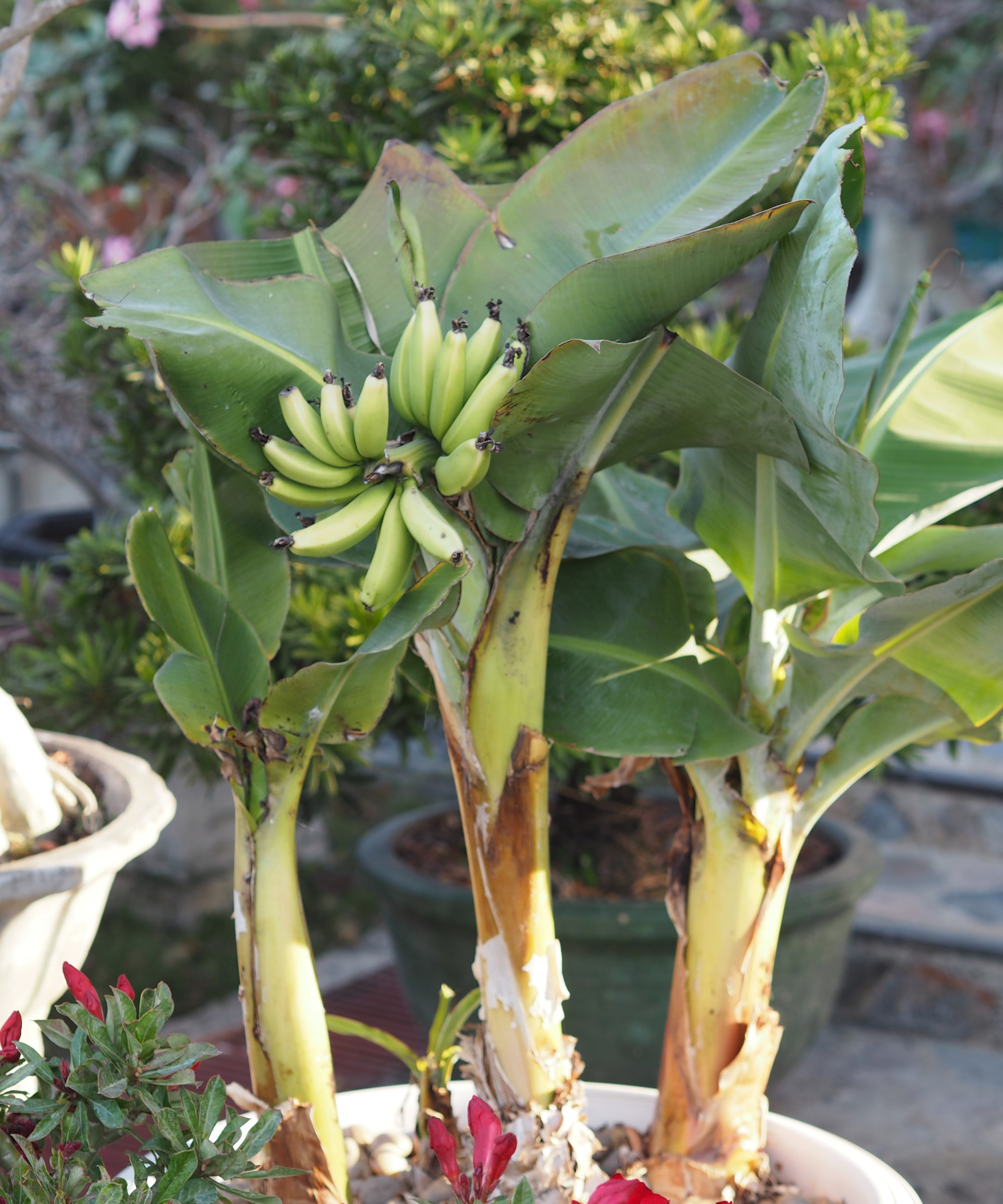
If you live in a colder climate, you will need to overwinter banana trees. That is often even the case with the cold-hardy banana tree, who need protection despite being able to tolerate lower temperatures.
When you grow a banana tree, frost can kill it. If you have the space and can move the plant indoors for winter, that works great. A container-growing tree can come indoors before the temperatures drop and happily overwinter in front of a south-facing window.
Alternatively, if you don't have the space to do the above, you can overwinter the banana by keeping it dormant. The plants can be dug up in the fall, put in a pot with enough compost to cover the roots, and cut back to around 8-12 inches from the base.
The banana should be stored in a cool, frost-free location with consistent temperatures around 40-55°F, such as a basement or garage. This method requires little winter care, just the odd light watering to prevent the soil from drying out completely.
4. Tender fuchsias
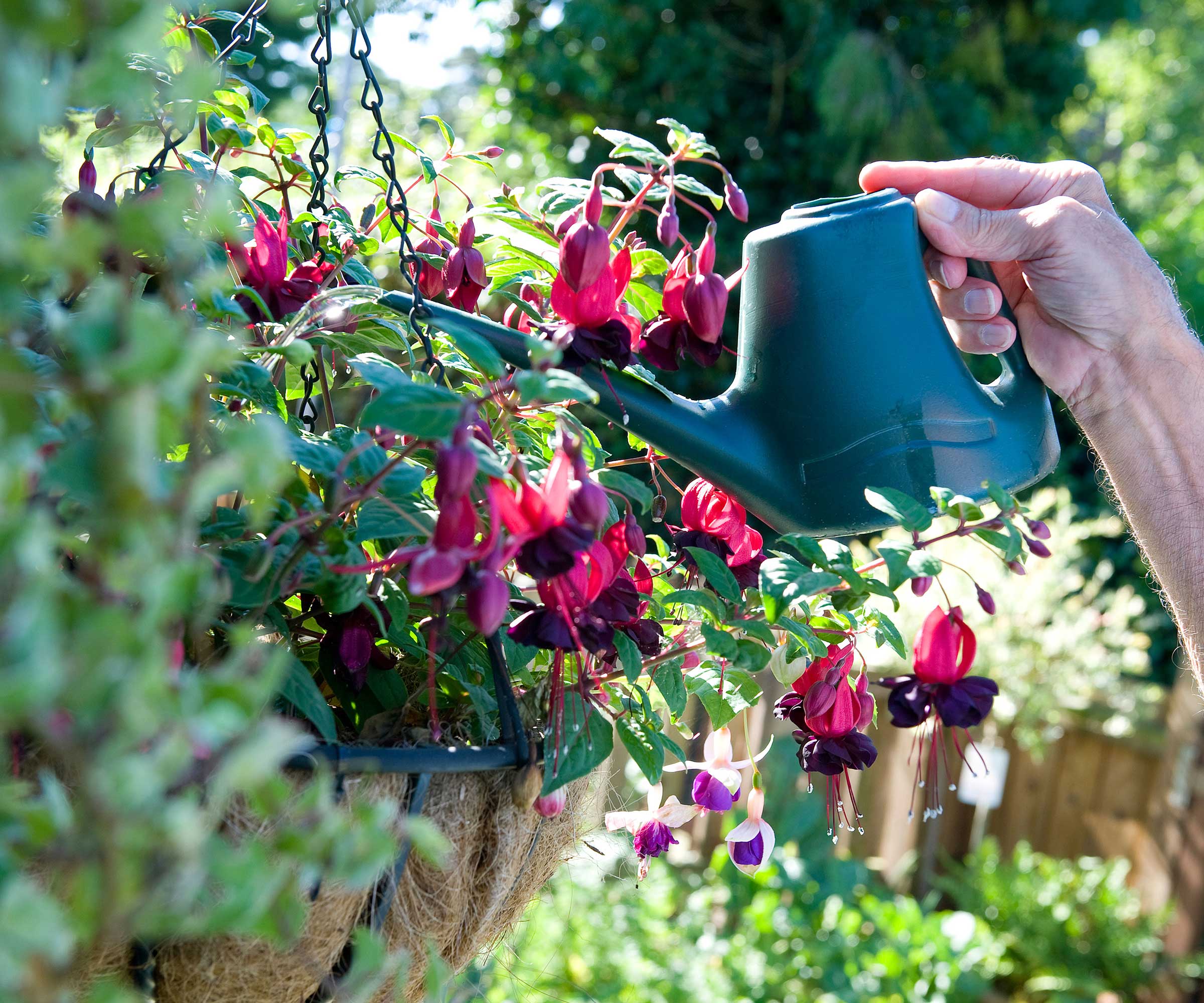
Tender fuchsias make fantastic showy plants for containers and hanging baskets during the summer. But they will get killed by frosts, so you need to overwinter fuchsias unless you live in the warm climates of US hardiness zones 10+.
Many gardeners grow tender fuchsias as annuals, but it is a waste to throw them away when you can overwinter them easily – especially if you have a particular variety you love.
If you grow fuchsias in pots or care for fuchsias in hanging baskets, bring the containers indoors, and you can overwinter plants in a dormant state. Prune the plants to half their size and keep the container in a cool, frost-free location, such as an unheated greenhouse or porch where the temperatures are around 40 to 45°F.
The soil does not want to dry out, so keep checking and lightly watering the plants as required. The fuchsia can be repotted when it starts growing in spring, before going back outside after the last frosts.
5. Dahlias
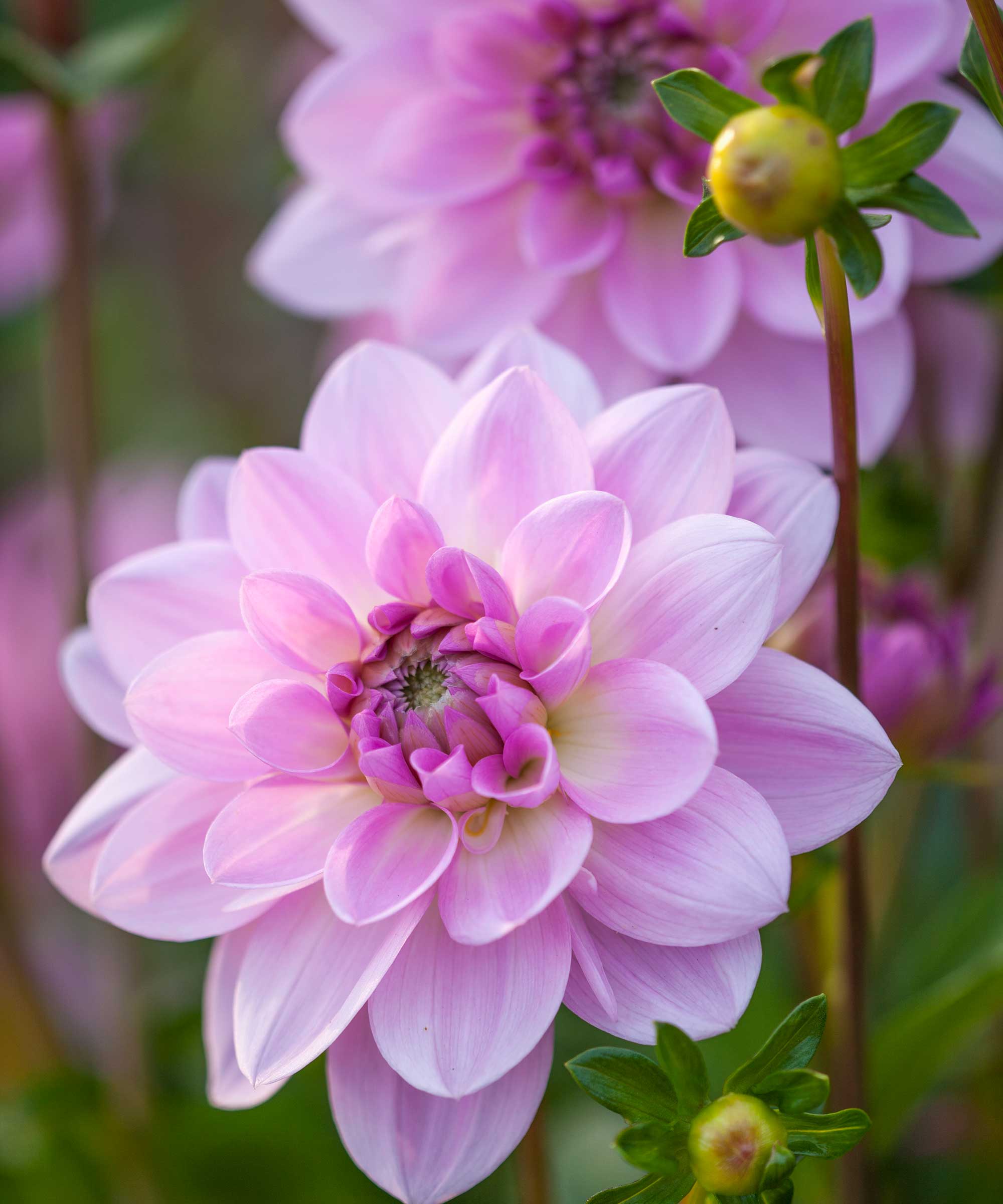
In many climates, dahlia growers lift and overwinter the tender tubers to guarantee glorious displays year after year. In US hardiness zones 8-10 (potentially 7, but it is riskier), you can mulch the tubers in October and overwinter them in the soil.
However, if you have frosts, it is safer to lift and overwinter dahlias indoors to prevent damage. All dahlias can be overwintered, no matter how many years you have been growing them. For example, if you grew dahlias from seed this year, they will have formed tubers worth storing.
Once the first frosts have blackened the foliage, cut the plant back and carefully lift the tubers. Check the tubers to remove any damaged ones, and place the healthy tubers upside down in a dry, frost-free place to dry out for a week. Brush off any soil and pack in a box or container filled with paper, sand, vermiculite (you can get bags of vermiculite at Walmart), or straw.
Keep the box in a dry and cool place, such as a shed, porch, or frost-free garage, and periodically check the tubers (at least once a month) to remove any that show signs of rot.
6. Cannas
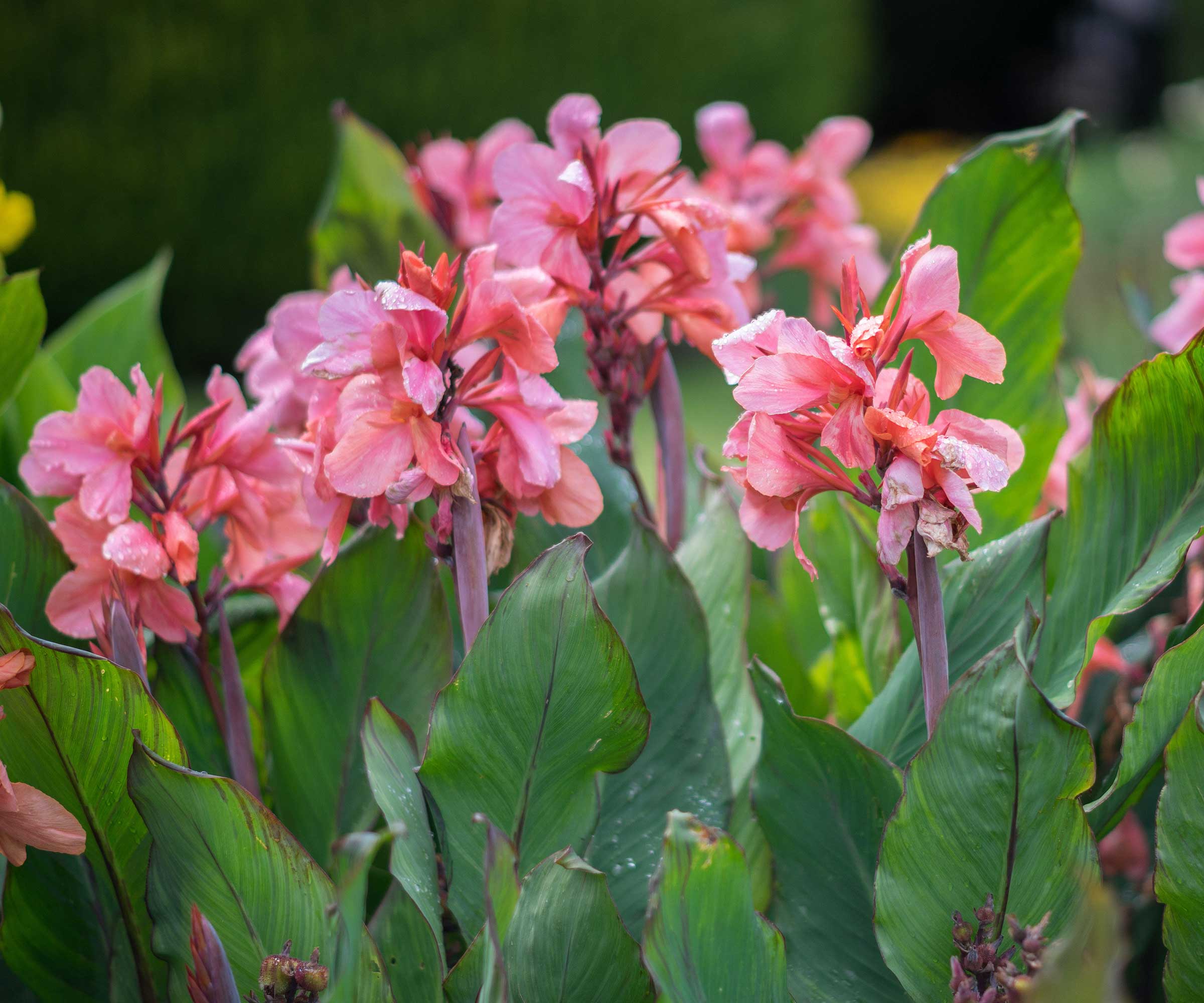
Cannas, known as canna lilies, are great plants for adding a tropical vibe to any space, but they are tender and the bulbs are damaged by frost.
If you grow canna lilies in climates that experience frosts, you should lift them this month and store them for winter. You can leave canna bulbs in the ground over winter in warmer climates, but elsewhere, the time to lift them comes when the foliage has died back and before the first deep frost.
To overwinter canna bulbs, lift the rhizomes from the ground carefully and cure them in a warm, dry location for a week. Brush away the excess soil and then place them into trays filled with dry compost or vermiculite. Lightly moisten the trays and keep them in a cool, dry, frost-free location, such as a shed, garage, greenhouse, or basement.
If you have one or two cannas, individual bulbs can be wrapped in newspaper containing dry compost or vermiculite and kept in boxes or paper bags in the same locations as above. Check on the bulbs to remove any that show signs of rot, and then you can put them up come spring.
7. Pomegranates
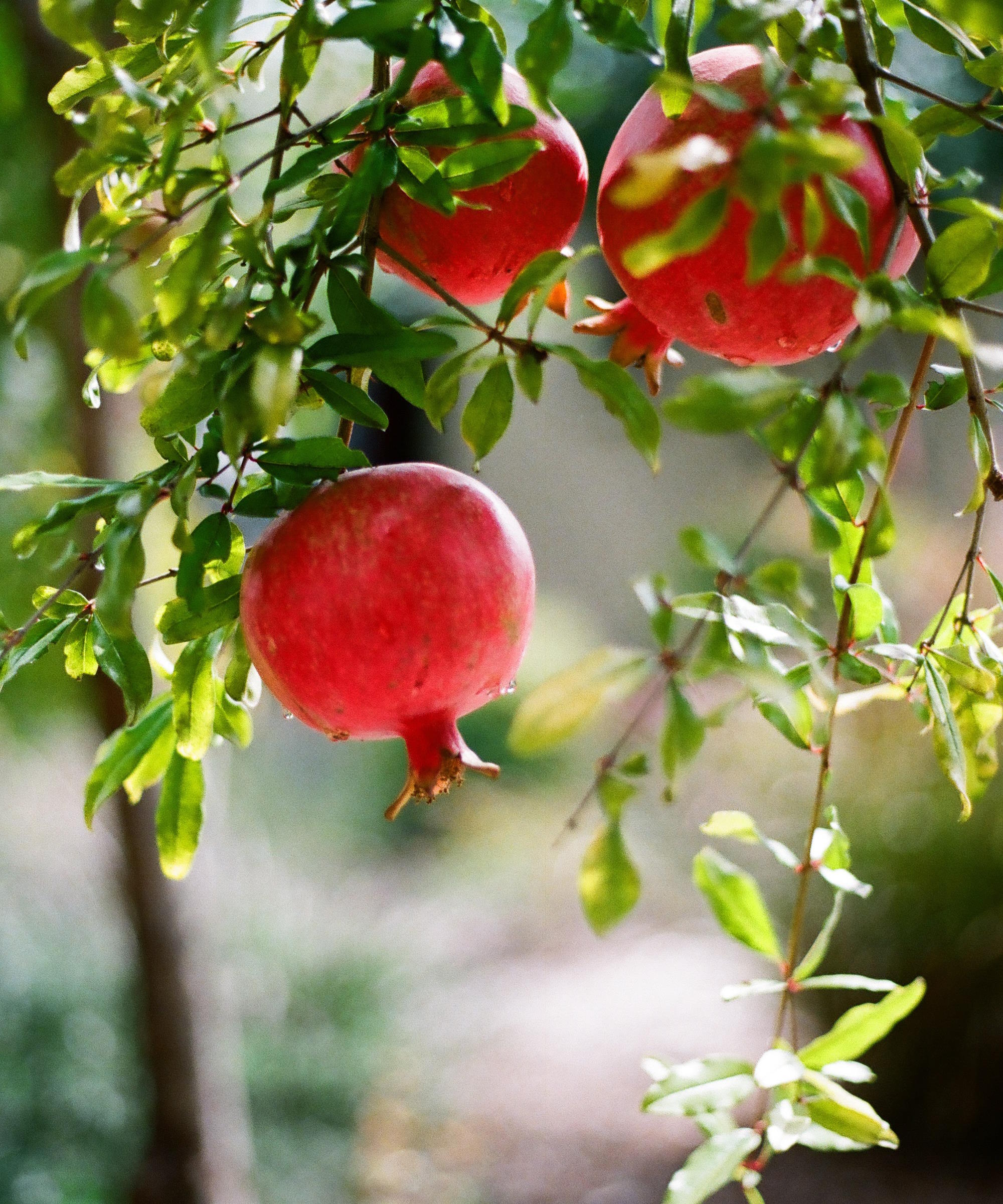
Pomegranates are fantastic fruit trees for pots, and potted plants are best moved to a protected spot for the winter. They can thrive in US hardiness zones 7-11, but whether in the ground or containers, pomegranates will benefit from protective measures being put in place for winter.
When you grow pomegranates in pots, especially dwarf varieties, the simplest tactic is moving them to an unheated greenhouse, conservatory, or a bright porch ahead of the first frosts. This protects them from frost and provides them with the light they want, even through winter, as a lack of light risks the pomegranate dropping leaves.
Larger pomegranates in big pots can be protected by insulating containers with bubble wrap, burlap, or protective covers, like these winter plant pot covers at Amazon.
Additionally, if you grow ferns, there are some recommended steps to take to overwinter them. While hardy ferns will benefit from mulching and having leaves cleared from their crown, tender or tropical ferns, such as Boston ferns, cannot handle frosts and need to come indoors for winter.
To overwinter ferns indoors, check to remove any pests (you can remove pests with a strong jet of water) and place them near a sunny, south-facing window to grow as a an indoor plant during the winter months.

Drew has worked as a writer since 2008 and was also a professional gardener for many years. As a trained horticulturist, he worked in prestigious historic gardens, including Hanbury Hall and the world-famous Hidcote Manor Garden. He also spent time as a specialist kitchen gardener at Soho Farmhouse and Netherby Hall, where he grew vegetables, fruit, herbs, and cut flowers for restaurants. Drew has written for numerous print and online publications and is an allotment holder and garden blogger. He is shortlisted for the Digital Gardening Writer of the Year at the 2025 Garden Media Guild Awards.
You must confirm your public display name before commenting
Please logout and then login again, you will then be prompted to enter your display name.
